The Best Star Trek: Deep Space Nine Episode Is Real
Before we can talk about what the best Star Trek: Deep Space Nine episode is, it needs to be said that Star Trek: Deep Space Nine was a game-changing entry in the Star Trek canon. While Star Trek: The Next Generation and Star Trek: Voyager continued with the more traditional space adventure tone that had been set by Star Trek: The Original Series, this series went a very different route with its approach. It was the first Star Trek series to handle more long-form serialized storytelling, and that decision meant the show was going to attempt an equal level of complication with its characters and themes.
And while it wasn’t exactly discarded by audiences during its seven-season run, Star Trek: Deep Space Nine didn’t quite achieve the acclaim and acceptance from fans that previous Star Trek series had enjoyed. However, time was extremely kind to the show and it’s now been reclaimed as one of the best entries in the entire Star Trek library. There are even some fans (myself included) that consider it the highpoint of Star Trek on television.
So, how do you even begin to pick the best episode of Star Trek: Deep Space Nine? This isn’t like Star Trek: The Original Series where there was a clear frontrunner. This series has such a wide variety of episodes that choosing one has to mean deciding on specific criteria. Do you go with one of the key episodes in the overarching Dominion War storyline like “In the Pale Moonlight” or “Sacrifice of Angels”? What about the more focused character entries like “Duet” or “The Visitor”? Or even more tempting, the lighthearted episodes like “Trials and Tribble-ations” and “Take Me Out to the Holosuite”?
No, if there is one entry that could be called the best Star Trek: Deep Space Nine episode, it would have to be one that demonstrates the moral complexity and heart of the show all at once. It would be an episode that strikes to the core of why Star Trek as an idea is important. An hour of television that challenges the audience in a way no other episode has done before.
The best Star Trek: Deep Space Nine episode is “Far Beyond the Stars”.
Star Trek: Deep Space Nine Gets Real
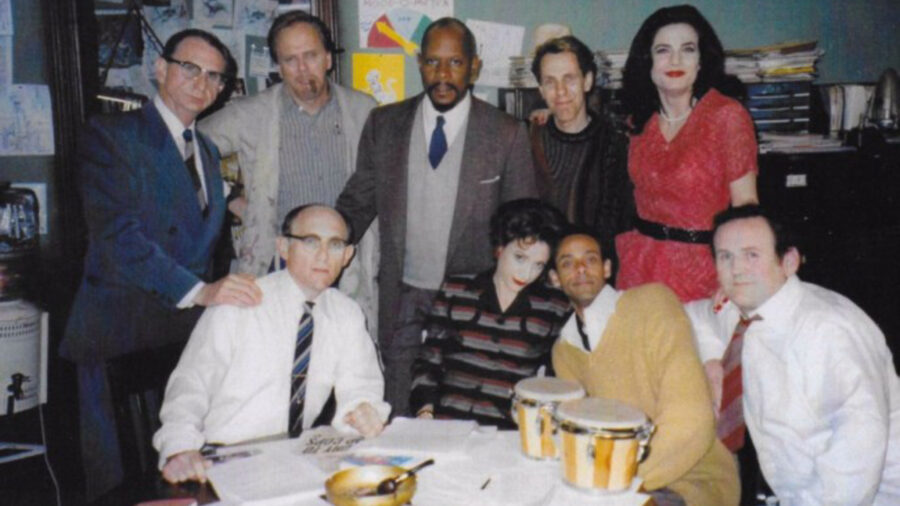
Star Trek: Deep Space Nine held a light up to a lot of the institutional beliefs of the Federation and Starfleet. That’s one of the reasons it came across as antagonistic at times to long term fans. This was a show that was really dissecting the optimistic societal concepts Gene Roddenberry had established with his original vision. And while this critical viewpoint never skewed so far that it seemed outright disdainful towards Star Trek, “Far Beyond the Stars” created a scenario that looked straight into the eyes of the audience and asked them, “Is this bright future nothing but a fantasy? Because the world you live in is far from this.”
The premise of “Far Beyond the Stars” has Captain Benjamin Sisko grieving for the death of a friend in Starfleet. It’s devastating enough that he considers resigning from his position. Sisko doesn’t see the good in what he’s doing and wonders if any real progress in the longstanding Dominion War is being made due to his actions. Suddenly, he begins to have visions of himself as a Black science fiction writer in 1953 America named Benny Russell. It’s implied that this is a vision being given to Sisko by the Prophets, the aliens that live inside the wormhole just outside of Deep Space Nine.
Star Trek has often played around with time travel and peeks into Earth’s past, but “Far Beyond the Stars” takes it a step further by muddying the waters of what exactly is happening with Sisko and Benny. This ambiguity actually allows Star Trek: Deep Space Nine to escape from common continuity restraints and simply tell the best version of the story it wants to tell.
“Far Beyond the Stars” strips away the pie-in-the-sky hopefulness of Star Trek and reframes Deep Space Nine‘s attitude through historical fiction. In this way, it takes the fiction of everything and crafts it into something real. Instead of having to rely on allegory or metaphor, “Far Beyond the Stars” frees writers Ira Steven Behr & Hans Beimler to be completely pointed with their views on American institutional problems like racism, sexism, and police brutality. Nothing has to be disguised as aliens or obfuscated by the fantasy of it all. This is Star Trek at its most real.
Pure Television Excellence
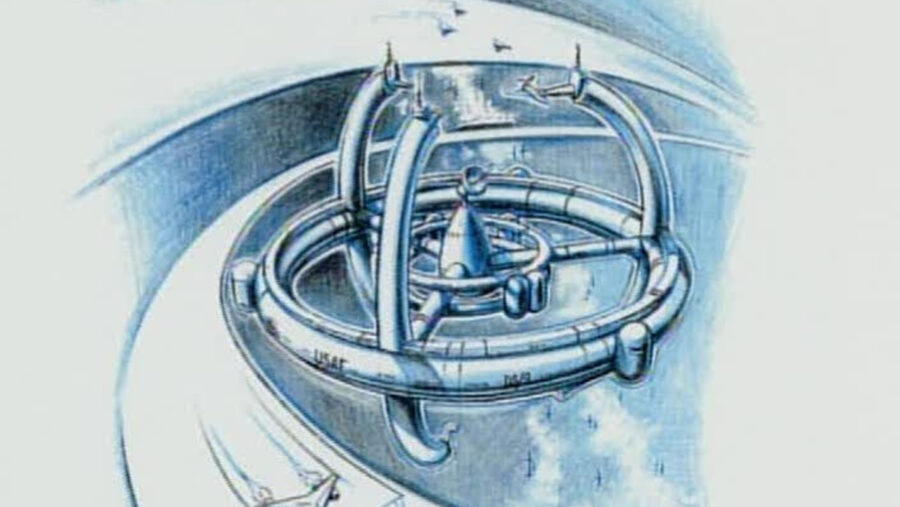
Before we dig into the real meat of “Far Beyond the Stars”, we need to acknowledge some surface elements that stand out as exceptional. One of those is that the episode’s premise allows most of the Deep Space Nine ensemble to inhabit completely new characters. Benny Russell works at a science fiction magazine and his colleagues are made up of all the series regulars. There’s an obvious The Wizard of Oz riff going on here but somewhat in reverse. This story takes us out of the fantasy of the 24th century and into the reality of 1953 America. By making all the supporting players members of the DS9 crew, it solidifies our emotional attachment to the story’s intentions.
Plus, it is simply great to see this incredible cast get to play new characters. Actors hate to be pigeonholed and “Far Beyond the Stars” lets everyone stretch their creative legs and showcase a new side to their talent. This is especially true for the many Trek actors that are usually covered in a lot of prosthetic makeup appliances. Getting to see Armin Shimerman and Rene Auberjonois butt heads outside of their Quark and Odo makeup is delightful. The same goes for everyone in the ensemble as they aren’t just playing 1950s proxies of their Deep Space Nine characters. They all get to do something very different for an episode and their energy and enthusiasm for it shines through.
Part of that might come from the episode’s director: Avery Brooks. Having Brooks direct the episode will prove vital considering its messaging, but it’s also a key reason why the performances in “Far Beyond the Stars” feel so vibrant. Brooks understands the acting process as a director and it guides his directorial decisions throughout the episode. Slightly longer takes and great use of close-ups accentuate the power of this outing. It can be hard to flex your creative muscles as a television director with a show like Deep Space Nine because you can’t color too far outside the lines. But, Brooks finds clever ideas that enhance the art of it all – for example, the emergence of a character out of a shadowy alleyway is one of the episode’s most ominous moments – and it helps “Far Beyond the Stars” stand out just a little bit more.
However, those elements are merely the beautiful wrapping paper on the enormous present that is this Deep Space Nine episode.
Benny Russell Matters
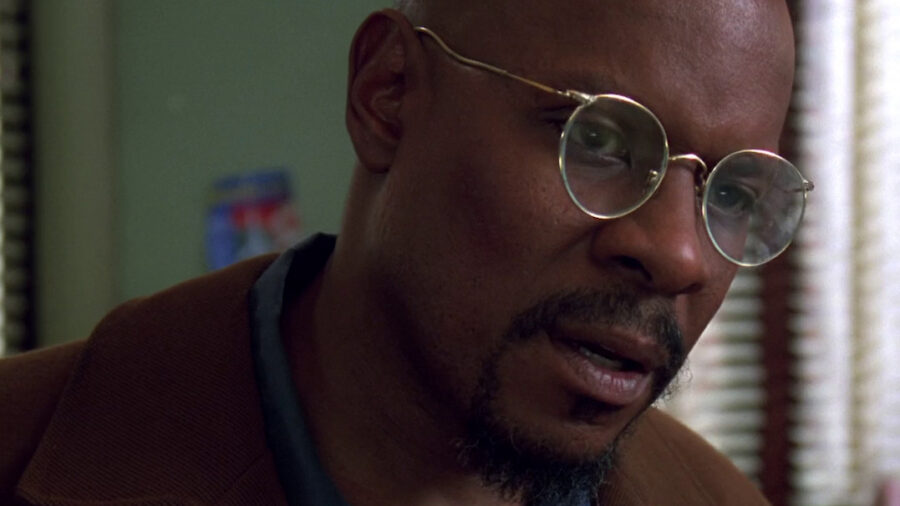
“Far Beyond the Stars” strips away the facade of Star Trek and crafts a tale that asks us to consider what life must be like for a Black man in 20th century America. Benny Russell loves to write science fiction but his publisher won’t print a picture of him in the magazine. Why? Because there is fear that white readers won’t subscribe to a publication that features a Black author.
Deep Space Nine showcases the struggle for equality and representation that non-white creatives have been fighting for. There is even a sly bit of self-critique when Nana Visitor’s author character, Kay Eaton, is also left out of the picture array because “God forbid the public ever finds out that K.C. Hunter is a woman.” This is a direct reference to Star Trek: The Original Series writer D.C. Fontana who also disguised her gender in her screen credit. “Far Beyond the Stars” points out that a progressive fantasy like Star Trek was still created under conditions of repression.
And that highlighting of prejudice and hatred is made horrifyingly clear through the story of Benny Russell. He is accosted by police officers outside his place of work for no other reason than the color of his skin. Then his story about a Black space captain named Benjamin Sisko is shot down by his editor because a Black captain “isn’t believable.” Later, a friend of Benny’s played by Cirroc Lofton is murdered by those same racist police officers in a moment that feels eternally relevant in regards to our issues with police shootings.
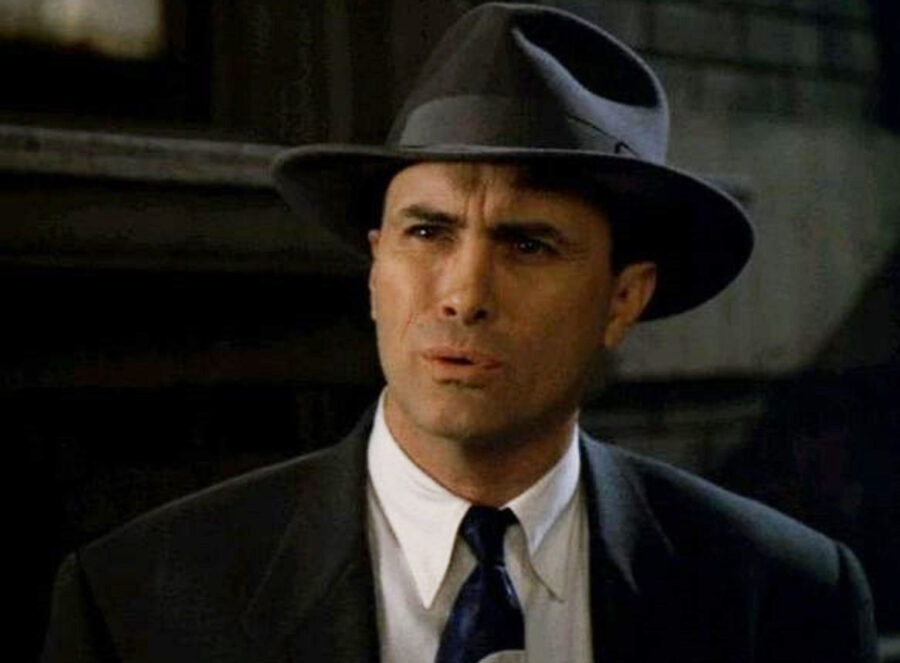
Deep Space Nine and Star Trek were no stranger to exploring difficult social matters in their fiction, but “Far Beyond the Stars” points the finger at real systemic racism in a way that the rest of Trek never did. This isn’t just an episode about race, which Star Trek has tackled going all the way back to The Original Series. This is a story about how racism is a functional cog in our societal makeup and infrastructure.
We see that Benny Russell lives in a section of town that’s populated entirely by Black citizens. Even a star baseball player friend of Benny’s (played with overflowing charm by Michael Dorn) mentions that he can’t move into a white neighborhood even though white fans love him. It’s biting commentary that racism isn’t something that exists on an individual basis. At every turn, the systems in power reinforce the discrimination Benny is experiencing.
All of that culminates in one of the most heartbreaking moments in any Star Trek series and one that helps make this the best Star Trek: Deep Space Nine episode.
You Can’t Kill An Idea
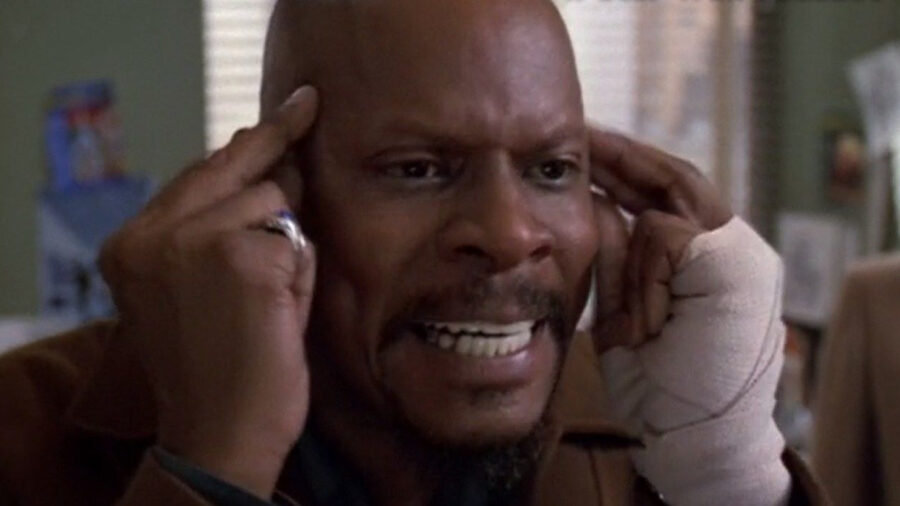
A ray of hope comes when Benny’s able to get his story published by turning the entire idea of Benjamin Sisko into a dream. He’s excited and proud of what he’s done. He’s then beaten by those two racist police officers – it should be said that they are played by Deep Space Nine villainous actors Marc Alaimo and Jeffrey Combs – but returns to work weeks later, thrilled to see his story published in print.
That’s when it hits. Benny’s editor tells him that the monthly issue was pulped because the publisher feels it didn’t live up to the “high standards” of the magazine. Benny knows this is simply a cover; the issue was trashed because of Benny’s story. This leads to a moment that needs to be seen.
To break out of distanced analysis mode, this moment hits particularly hard for me because I consider myself something of a writer. Though I’ve never pursued fiction as much as I’d like, I still feel the same power that fiction has as a vehicle for empathy. A quote from Stephen King that I often cling to is, “Fiction is the truth inside the lie.” Deep Space Nine uses “Far Beyond the Stars” to argue for the validity of fiction as something that’s more than just escapism. The world that Benny created is real to him, just as it’s real to us because of our investment in it through watching the series.
The power of an idea is something that strikes at the heart of Star Trek. Its vision of the future has been so powerful that it continues to mean something very real for many people. To dismiss the validity of those feelings is like saying the person that feels them doesn’t exist. This strikes at the core of why representation in fiction means so much to those who don’t feel they see themselves in popular art. Benny’s breakdown solidifies that feeling in a moment that has to shine as Avery Brooks’s most intense acting showcase in Star Trek: Deep Space Nine‘s history. In the recent documentary What We Left Behind, Nana Visitor talks about how Brooks continued to be in that vulnerable emotional state even after the assistant director had ended the scene.
Star Trek: Deep Space Nine has a plethora of gut-wrenching acting spotlights in a string of great episodes, but Benny Russell finally being mad as hell and not able to take it anymore is even more powerful today than when it aired.
What Star Trek: Deep Space Nine Leaves Behind
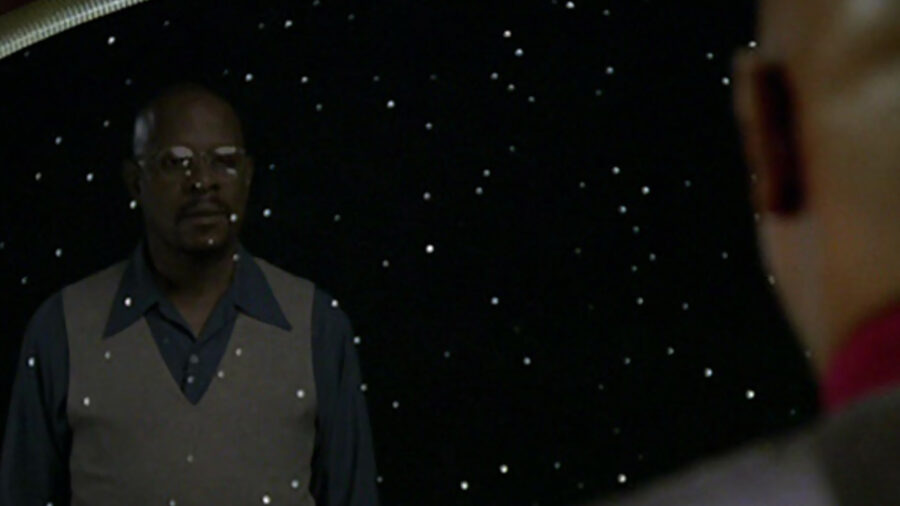
By the end of “Far Beyond the Stars”, Sisko is back to his regular self and decides to stay with Starfleet and fight the Dominion. The power of Benny Russell’s story has shown him the importance of fighting for what you believe in. But, the ending isn’t wrapping things up with a pretty bow and walking away. In fact, the ending of “Far Beyond the Stars” presents a moment of meta-commentary that might be the most critical stance Deep Space Nine or any Star Trek show has ever taken.
Sisko wonders if Benny Russell wasn’t a dream, but rather that the universe Sisko lives in is the fantasy. Here’s the thing: he’s right. Star Trek: Deep Space Nine is a dream, crafted by talented writers, actors, and filmmakers. The world of Benny Russell is real because it’s the world we live in. As Sisko stares out into space, he sees himself as Benny one last time, leaving the audience with a necessary question:
What do you want reality to be?
“Far Beyond the Stars” tells the audience that Star Trek is a fantasy but that it doesn’t have to be. We have to choose whether we want to strive for the future that Benny Russell imagined or continue to live in the world he is forced to exist in. For a Star Trek series to issue such a bold challenge to its faithful audience is a choice that could have backfired. Instead, it’s helped to cement Star Trek: Deep Space Nine as the most self-reflective of the entire Star Trek franchise and perhaps the best it has to offer.
“Far Beyond the Stars” has only grown more potent over the years. Its artistic decisions and challenging attitude continue to stand out among a series that was known for these elements. Deep Space Nine has become heralded for being a complex and difficult series in the Star Trek canon, and “Far Beyond the Stars” is the show at its most complex and difficult. That’s why this stands out as the best episode of Star Trek: Deep Space Nine.












Login with Google